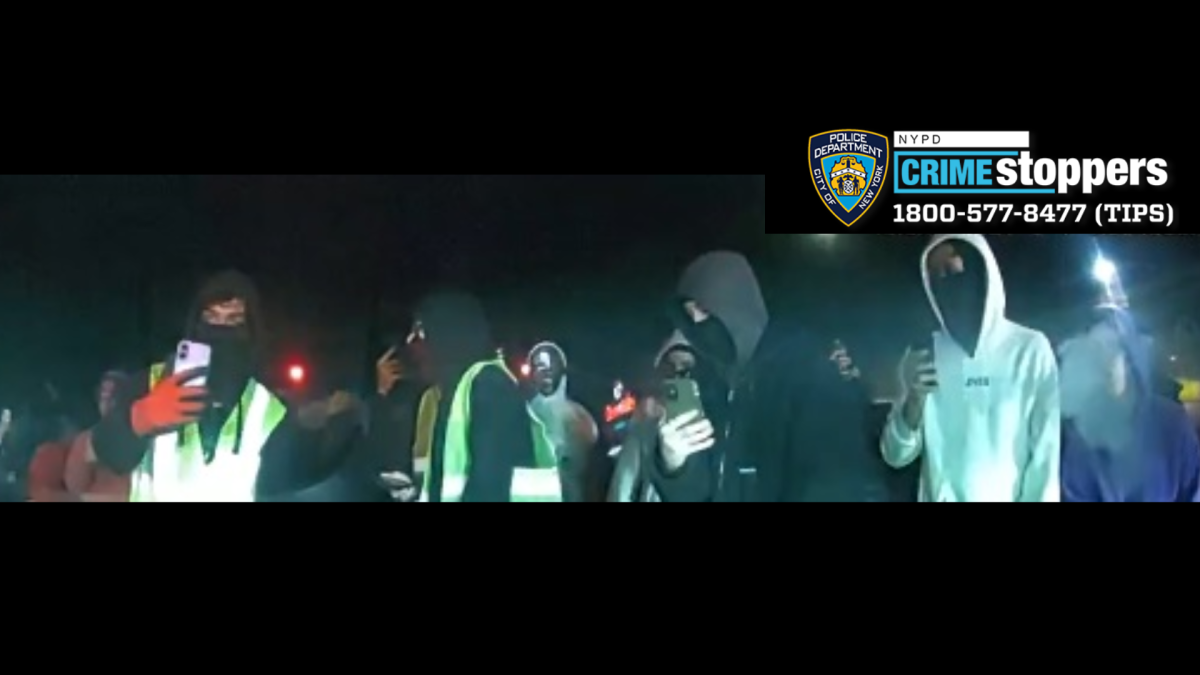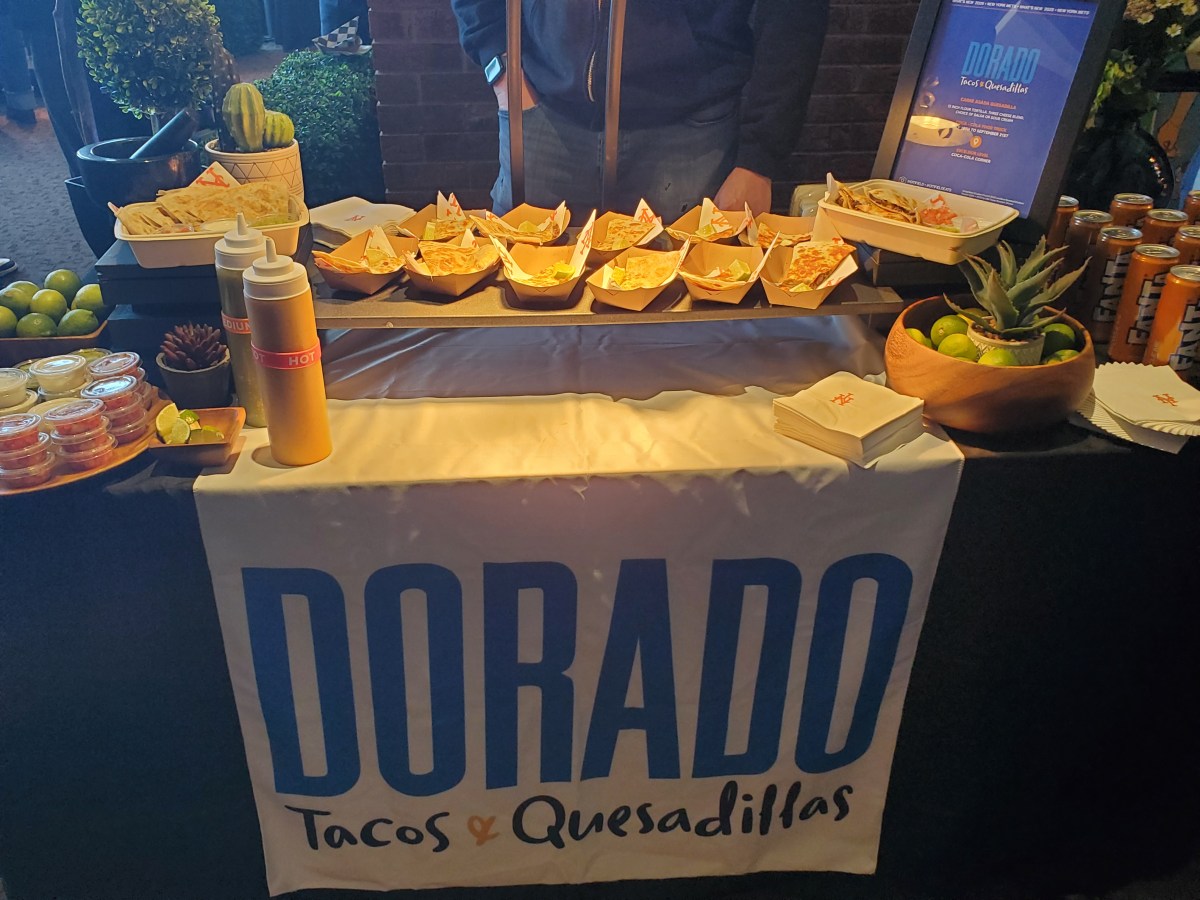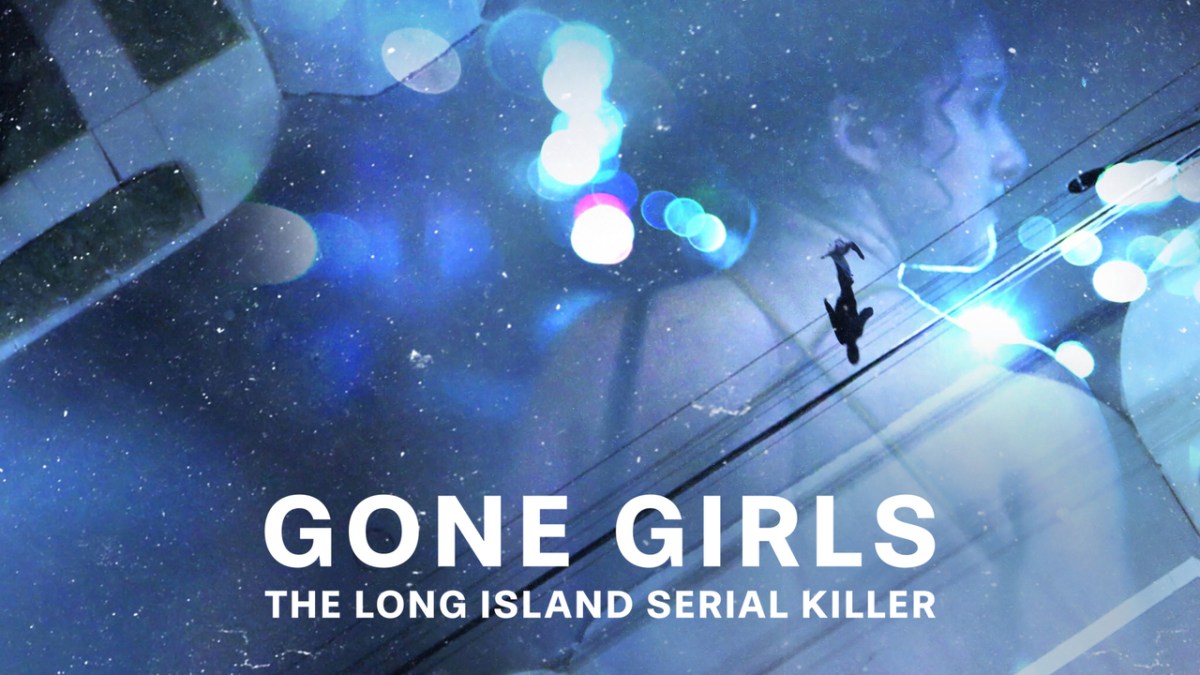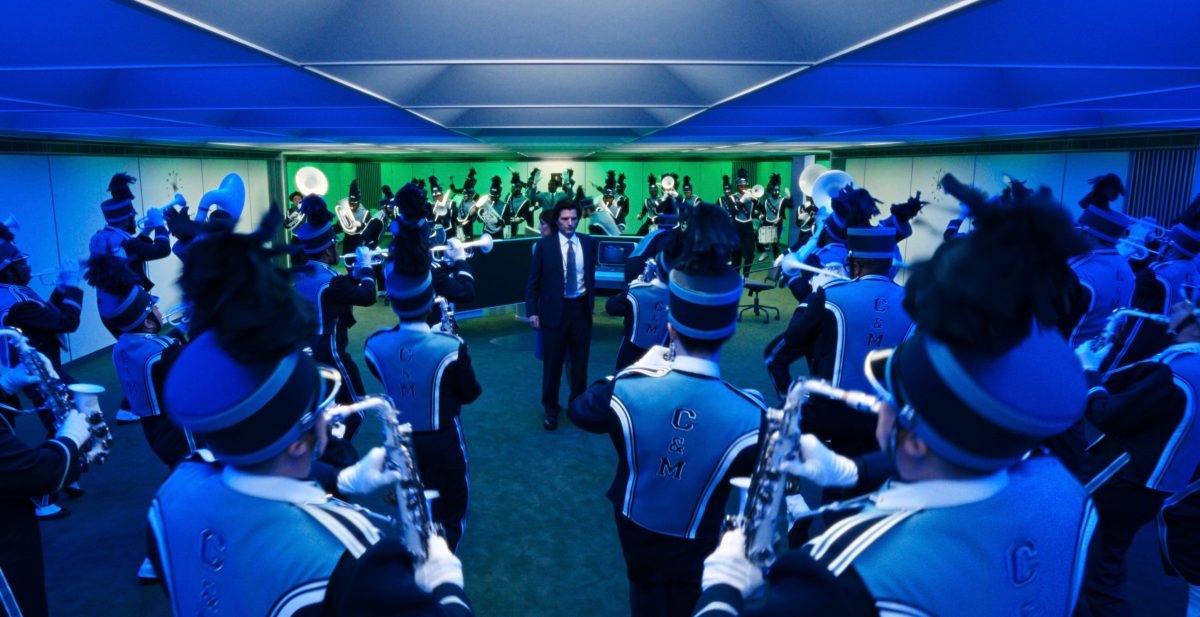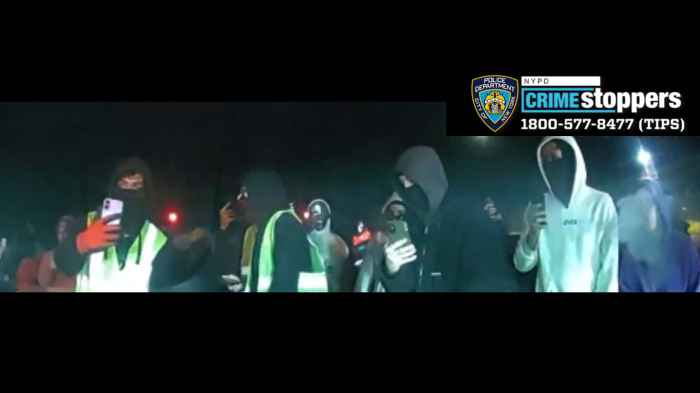Congestion pricing will dent the wallets of many New Yorkers, but the MTA explained Thursday low-income drivers may qualify for a reduced fare to enter Manhattan south of and including 60th Street.
MTA officials said during a congestion pricing webinar on Thursday that low-income vehicle owners can apply for a 50% discount on the controversial plan.
Dubbed the Low-Income Discount Plan (LIDP), drivers who earn less than $50,000 a year will receive the discount during peak hours.
This means they will only pay $4.50 with an E-Z Pass for passenger vehicles from 5 a.m. to 9 p.m. on weekdays and from 9 a.m. to 9 p.m. on weekends.
Although the base toll of $9 with an E-Z Pass will remain the same through 2027, the originally approved rate of $15 will go into effect by 2031, MTA officials said. It is unclear right now if the LIDP will remain at the same 50% if or when congestion pricing tolls increase.
Qualifying for the discount
Charlie Zhen, manager of community engagement at the MTA, explained that the discount plan will only start after the driver makes 10 trips in a calendar month.
“Ten trips first, but it doesn’t matter if they are peak or overnight,” Zhen said. “But once you complete 10 in a calendar month, all peak period trips after that will receive a 50% discount for the rest of the calendar month. And then it resets the next month.”
Drivers do not need to live in NYC to enroll in LIDP, but they must use E-Z Pass to qualify for the discount plan. They must also provide an IRS form 1040 or tax return transcript and corresponding W-2s from the most recent tax year.
Applicants can show proof of enrollment in a qualifying government assistance program, such as SNAP (Supplemental Nutrition Assistance Program), instead of tax forms.
The MTA’s website, lidp.mta.info, has more information about applying to the LIDP and other discount and exemption programs.

Implementing congestion pricing and capital projects
More than 700,000 vehicles enter Manhattan below 60th Street every weekday, according to the MTA. Since 2010, the agency said, travel speeds have slowed by 23% from 9.2 to 7.1 MPH.
MTA officials have long said that congestion pricing will not only help alleviate traffic, but fund $15 billion in capital improvements to the city’s transit system. These include subway station accessibility improvements, signal upgrades, the Second Avenue Subway extension to East Harlem and new railcars, electric buses, and charging infrastructure.
After a five-month pause by Gov. Kathy Hochul, the MTA approved congestion pricing on Nov. 18. Since then, it has sparked a wide range of reactions from drivers and public transit users across New York City.
An amNewYork Metro poll last month asked approximately 3,000 New Yorkers whether or not they support congestion pricing. The results were nearly split down the middle, with a slight tip toward supporting the plan.
More information about congestion pricing is on the MTA’s website, mta.info.

















